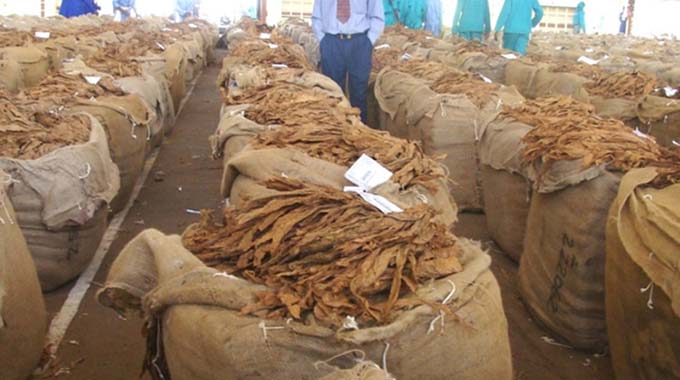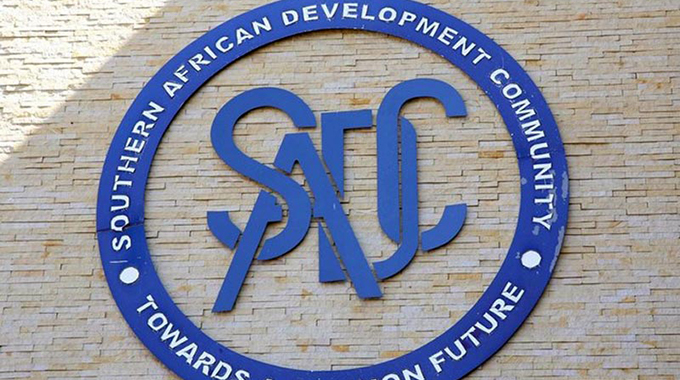Farmers earn US$267m from tobacco sales

Elita Chikwati Senior Agriculture Reporter
Farmers have earned US$267 million from the sale of 146 million kilogrammes of flue-cured tobacco since the beginning of the marketing season in March. This is a decrease of 14 percent from the 171 million kilogrammes worth US$497 million that had been sold during the same period last year.
Tobacco Industry and Marketing Board latest statistics show that most farmers are now delivering their crop for sale as prices have slightly improved while others now understand the new payment systems.
During the first days of the marketing season, farmers were reluctant to sell their tobacco because of the low prices and unclear payment systems.
According to TIMB, volumes to the auction floors are increasing and by May 23, 191 118 contracted growers and 18 613 non-contracted farmers had delivered their crop for sale.
The three auction floors, Boka Tobacco Floors, Premier Tobacco Floors and Tobacco Sales Floor have to date laid 1 997 438 bales and of these 1 884 207 have been sold while 113 231 were rejected for various reasons.
TIMB said the bales are usually rejected for being overweight or underweight, too wet or too dry, mouldy, mixed hands or when farmers refused to sell the tobacco for personal reasons.
The seasonal average price is USD1,83 compared to last year’s average price of USD 2,87 per kilogramme.
Since the start of the marketing season, the highest price offered by buyers is USD5,75 compared to USD 6,25 per kilogramme while buyers have offered a lowest price of USD0,10 per kilogramme. The 2019 tobacco marketing season has had unique challenges.
The production of the crop was affected by late rains.
When the season started the issue of two percent intermittent tax, which resulted in a number of buyers not participating in the buying line.
This affected prices as there were not as many buyers to make the bidding process competitive.
In response, farmers were not delivering their crop for sale as they adopted the wait and see approach.
The variance during the first days of the season was 80 percent, but it has gone down to around 17 percent.










Comments